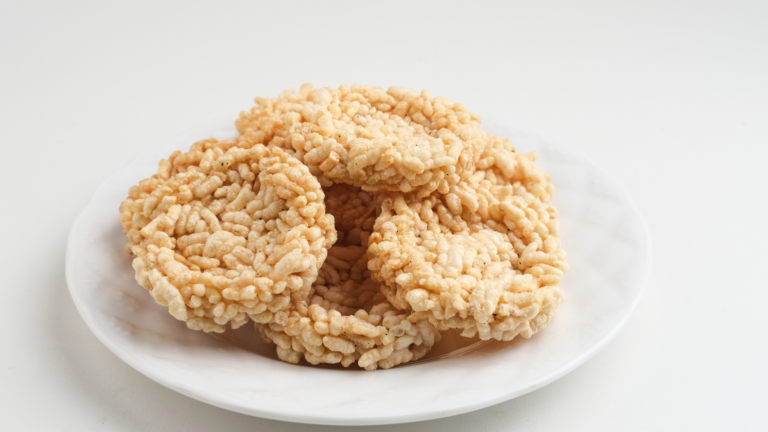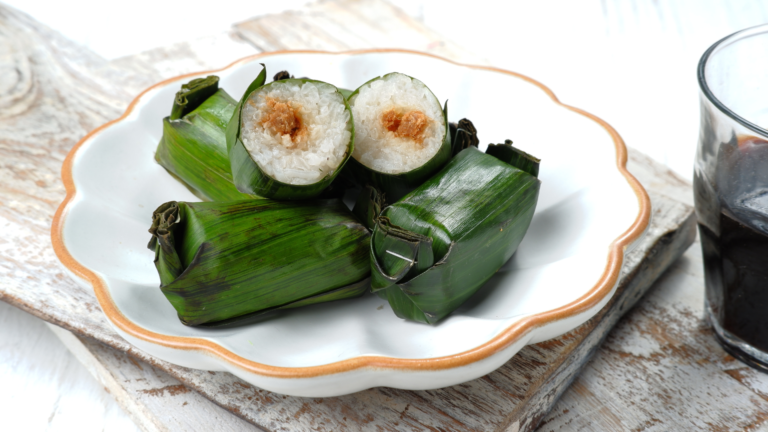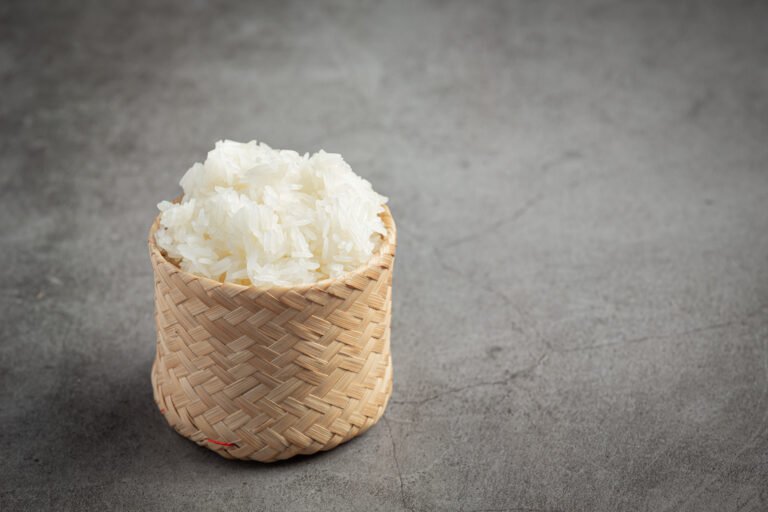Traditional Indonesian Cakes: The Deliciousness of the Culinary Richness of the Archipelago
Indonesia has a rich and diverse culinary variety, one of which is traditional cakes. Not only are these cakes tantalizing to the taste buds, but they also often have deep cultural and historical significance. In each region, there are different types of cakes that reflect local traditions and ingredients. Let's explore some traditional Indonesian cakes that are worth trying.
1. Klepon Cake
Klepon cake is a glutinous rice ball filled with liquid brown sugar and sprinkled with grated coconut. The texture of this cake is chewy and the sweetness of the brown sugar gives a sensation when you bite into it. Klepon cakes are often served as a snack or dessert, especially on traditional occasions.
2. Pukis Cake
Pukis cake is a cake made from a mixture of rice flour, eggs, and milk, which is cooked in a special mold. This cake has a soft texture on the inside and crunchy on the outside. Usually, pukis cakes are served in a semicircle shape and are often added with toppings such as cheese, chocolate, or sugar.
3. Serabi Cake
Serabi cake is a traditional cake made from rice flour and coconut milk dough, cooked on a pan until cooked. These cakes have a chewy texture and are often served with various toppings, such as liquid brown sugar or oncom. Serabi cake is usually enjoyed as a morning or afternoon snack.
4. Lumpur Cake
Lumpur cake is a cake made from a mixture of wheat flour, potatoes, and coconut milk, which is cooked in molds. This cake has a soft texture and savory flavor. Lumpur cakes are often used as a dish on certain occasions and are one of the people's favorite snacks.
6. Rice Crackers
Rice crackers is a snack made from glutinous rice that is sun-dried and fried until crispy. With a savory taste and crispy texture, rice crackers is a suitable snack to accompany a relaxing time. This cake is often served at various events and is a favorite among the public.
Conclusion
Traditional Indonesian cakes are one of the culinary riches that reflect the diverse cultures and traditions that exist in the archipelago. Each cake not only offers delicious flavors, but also carries the story and meaning of the region of origin. With this diversity, traditional Indonesian cakes deserve to be preserved and enjoyed by future generations.
Hopefully this article provides interesting insights into traditional Indonesian cakes! If there are any other topics you would like to discuss, please let us know!







